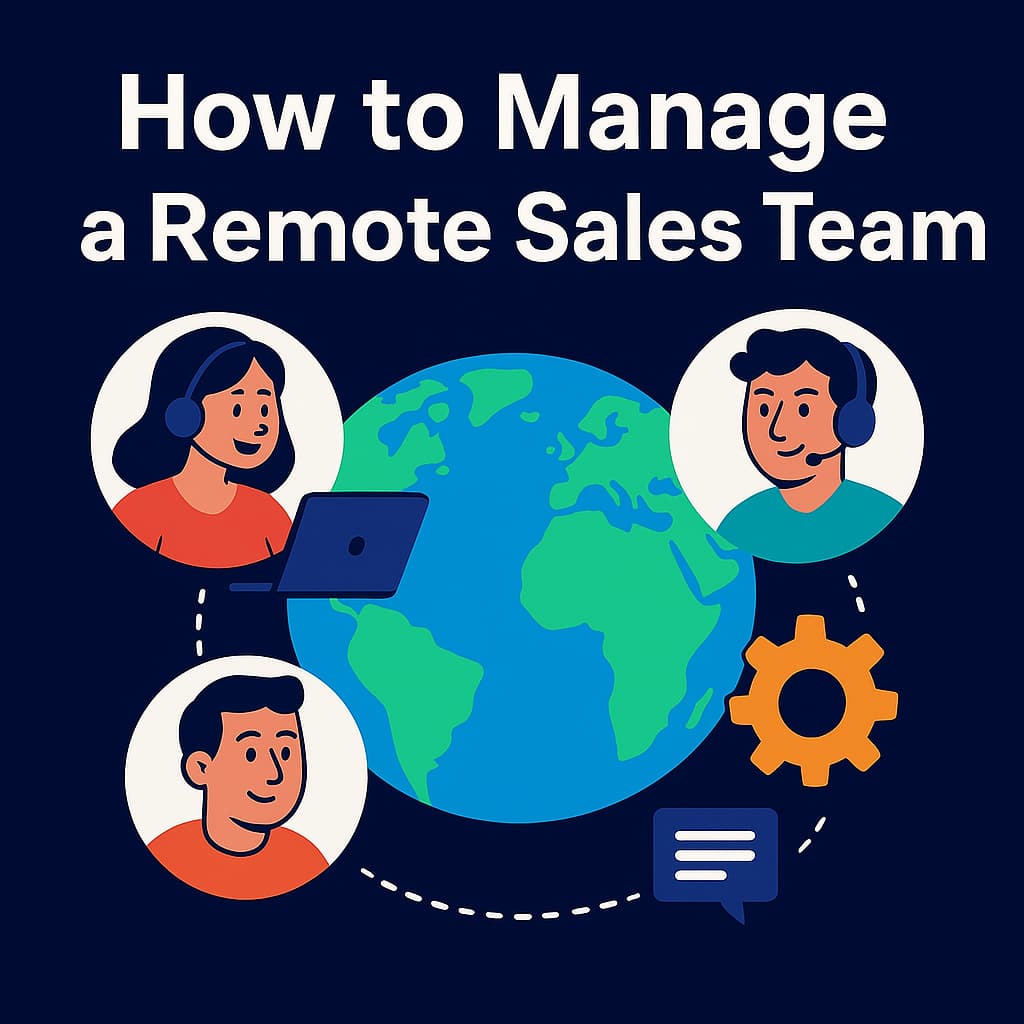
Your design review session is your safe space. A place built on constructive criticism, authentic opinions, and personal growth. But maybe your team isn’t used to doing this through a patchy video call? Maybe being on a call together isn’t the best option? This article is going to explore and even try to answer these questions so keep reading to learn a bit more about how successful remote design teams work through the distance.
Why do design reviews matter?
During design reviews, designers top up their bag of tricks by having knowledge shared with them and then sharing their knowledge back. Not only this, but it’s the crucial step in reaching a final decision and pushing your product further.
Design is a world of differing opinions, perspectives, and intentions. As with any creative industry, a major roadblock often takes the form of unclosed feedback loops and hard decisions. According to the U.S Bureau of Labor Statistics, employees spend 37% of their time making decisions, and more than half of this time was thought to be spent ineffectively. In the hyper-growth market that is the world of technology, getting as granular as possible helps growing businesses become more efficient.
Design reviews are normally the final hurdle for designers between creation and delivery and it’s important this isn’t forgotten or glossed over when companies become remote, establish processes, and risk losing track of key learning moments.
What obstacles does distributed work bring?
- Managers can lose control - Being out of the room sometimes means being out of the loop. Nobody loves being micromanaged, however, with great autonomy comes great responsibility, and that means managers need new ways to check in with their team to make sure processes are being followed in a much more direct way. No more screen peeping or quick lean-round-your-desk checkins.
- Choosing the right form of communication isn’t easy - 70–93% of all communication is nonverbal and the small amount of body language people do get in video meetings is sometimes nodding in agreement out of fear of looking like they don’t understand. Transparency is incredibly important for remote teams and this may be lost in unfocused ritual meetings.
- Working async doesn’t come naturally to everyone - Being in different places is one thing, being in different time zones is another. Repeating meetings for absent people, adjusting to different schedules, and watching slow meeting recordings can put even more distance between design teams and making those final decisions to launch projects and campaigns.

The benefits of a remote design team
What makes moving to a remote model worth it, is the benefits that come from spreading your design team across the world, opening your hiring pool, and inspiring a team of autonomous and competent designers.
- Remote design and UX teams save money on infrastructure, and also through increased engagement, productivity, and retention.
- With stronger autonomy via location independence, workers produce results with 40% fewer quality defects.
- Remote contributors allow you to choose from a wider pool of resources. Geography is not a hindrance to recruitment anymore.
Where remote designers go wrong
When it comes to remote design reviews, there are some things you should and shouldn’t do in order to keep the process effective. First, let’s look at what you shouldn’t do when reviewing design remotely.
Don't have too many people in the call at once
The more people in the call, the harder it is for each person to get their ideas across and for the review to remain productive. Recently Elon Musk emailed out his six rules for working productively to the SpaceX, Tesla, and Twitter teams and avoiding large meetings was number one on that list.
Large meetings waste valuable time and energy. They discourage debate. People are more guarded than open. There’s not enough time for everyone to contribute. Don’t schedule large meetings unless you’re certain they provide value to everyone. - Elon Musk, CEO at Twitter
Working in small startups keeps everyone energized but it is extremely common for growing product teams to quickly find themselves in meetings of 30+ people. In these types of situations, it’s easier to engage people with async communication so they can see updates when they have time to focus.
Don't rely on video conferencing alone
Video calls are a great tool, but it's important to remember that it's the only replacement for face-to-face interaction. Make sure your teams are experimenting with a variety of communication methods. It’s important to recognise that success in distributed work doesn’t look the same as working together in-person. New ways to communicate asynchronously must be established, tested, and retested to make sure transparency and alignment aren’t issues for any product teams.
Don't be afraid to ask questions
Remember, the goal of design reviews is to find ways to improve the design, and that requires open dialogue and honest feedback. Video calls aren’t as collaborative as being in the office pointing at someone’s screen and offering second opinions. Tone, clarity, and emotions don’t come across the same online so it’s very important to be clear and explicit in order to make your feedback as actionable as possible. Use emojis in your Slack messages and notice how your voice carries in video meetings to make sure you’re being understood.
How remote designers succeed
Now let’s look at what you should do when conducting remote design reviews async.
Start with an agenda
Having a clear agenda for the review will help ensure that the review remains on track and productive. By giving clear contextual information, other product managers know where you do and don’t want feedback, what the goal of the feature is, and what your limitations are.
Working asynchronously has become a hot topic in the world of tech and distributed work because of its ability to tackle issues like these. Using a video collaboration tool like Claap you can get the interactivity and personal approach of meetings along with the flexibility and high-quality feedback of async communication. Three minute screen recordings replace 30 minute meetings, saving your product team time, moving your projects along, and keeping everyone aligned.
Make sure everyone is on the same page
Before starting the review, make sure everyone is familiar with the design, the goals, and the process. Alignment is an incredibly important factor in remote product teams. Status updates across various tickets and tools can sometimes feel hard to follow. That’s why it’s important that if you’re leading a remote design review, you should ensure your team have context before going into it. This also saves time in the review itself and lets everyone get back to what they’re working on faster.
%20(1).jpg)
Create a common information space
Having a HQ for all your collaborative needs is incredibly important. Processes may change yearly, monthly, or even quarterly, but if you’ve got a solid tool that contains all your collaborative feedback and next steps then you can make sure your efficiency as a product team is never at risk. Claap works great as a hub for all your video collaboration needs. Screen recordings of your Figma files can easily get lost, but Claap stores every screen recording you ever make with it and even lets you upload any existing ones.
For product teams, the key to adapting to the world of distributed work is decided by your versatility in communication methods. Having meetings when they’re needed is important but interrupting the flow of your team can really slow down your product. To make sure your design reviews are successful and end with decisions, learning how to make the most of async tools is crucial.
Want to see how businesses put this plan into action? See how Openclassrooms stays efficient.
.jpg)

